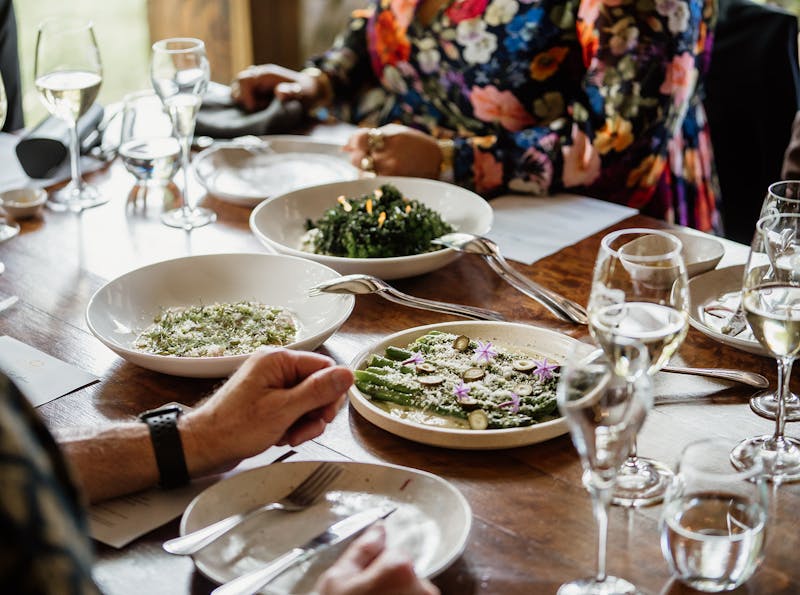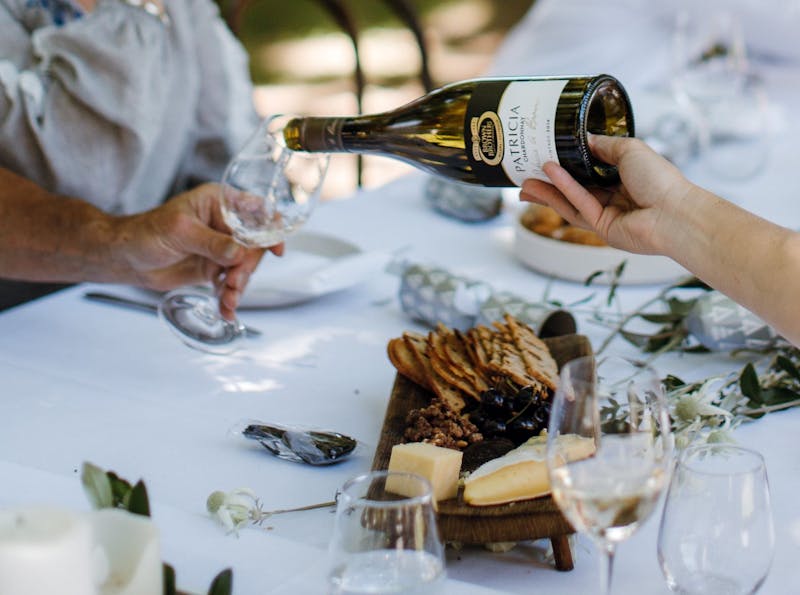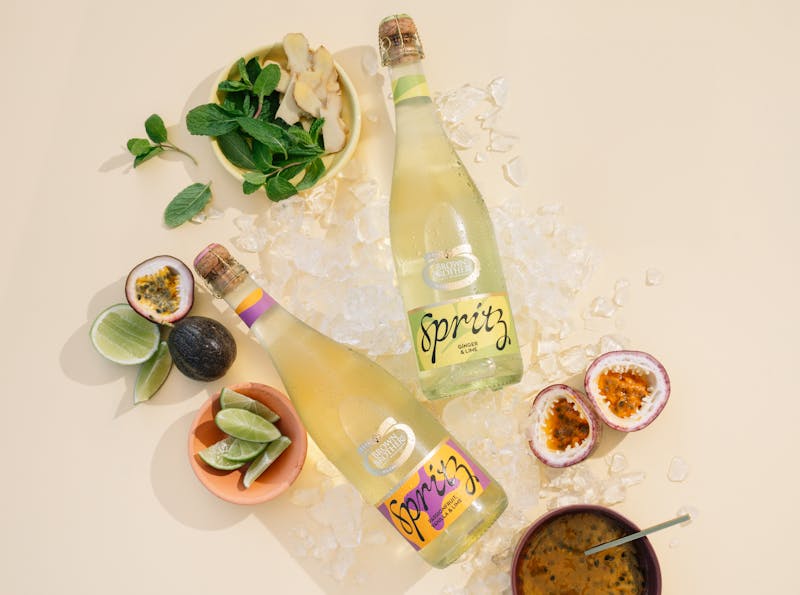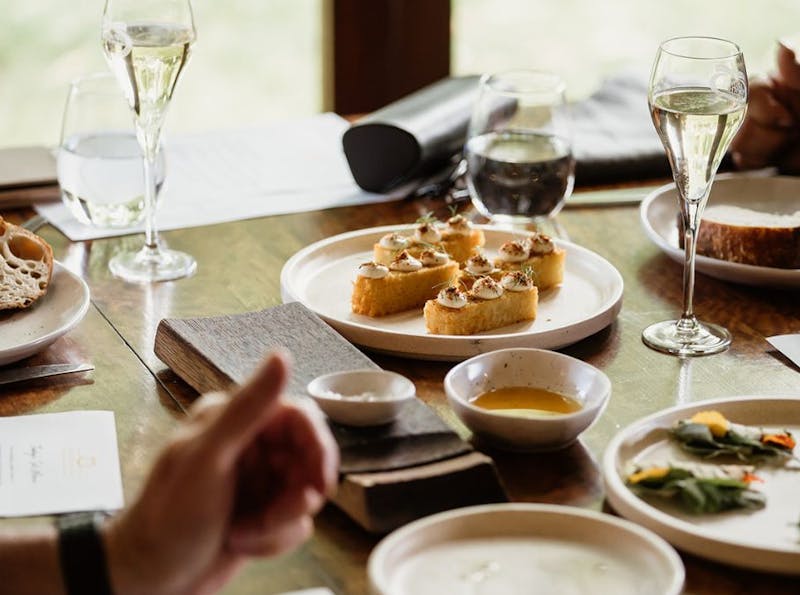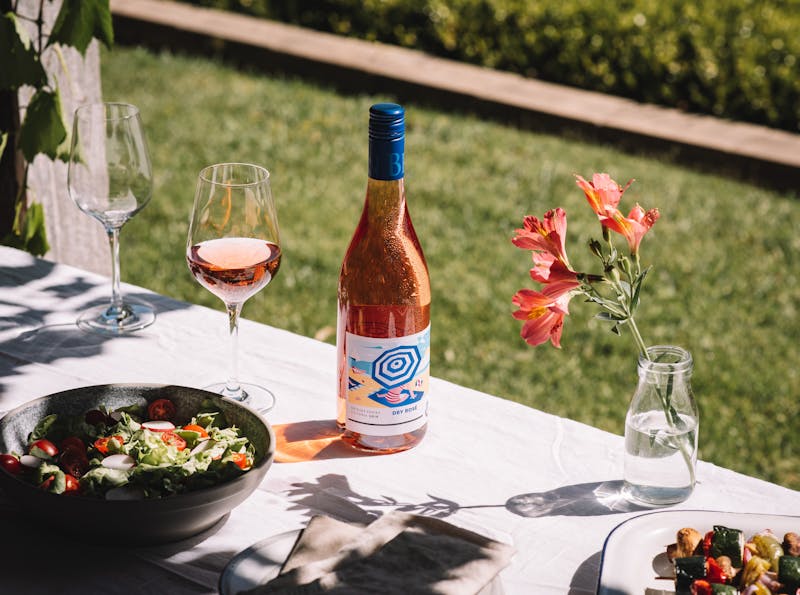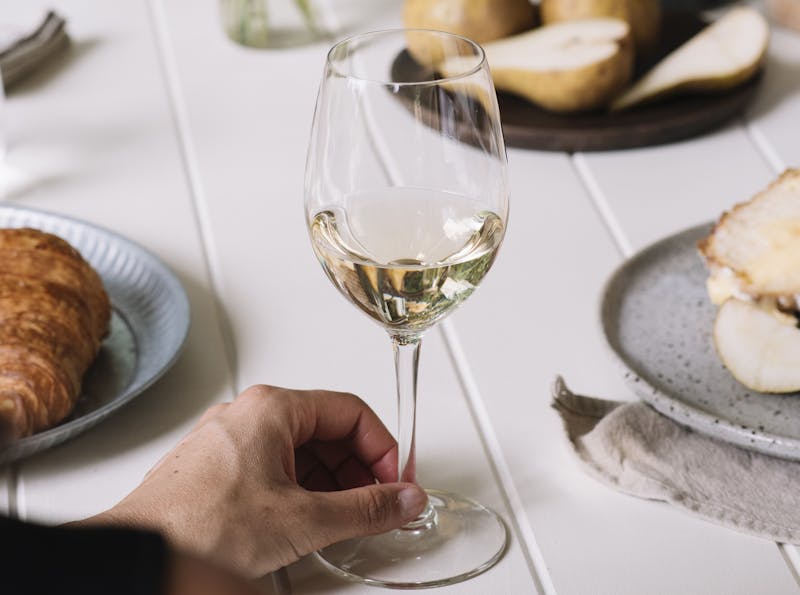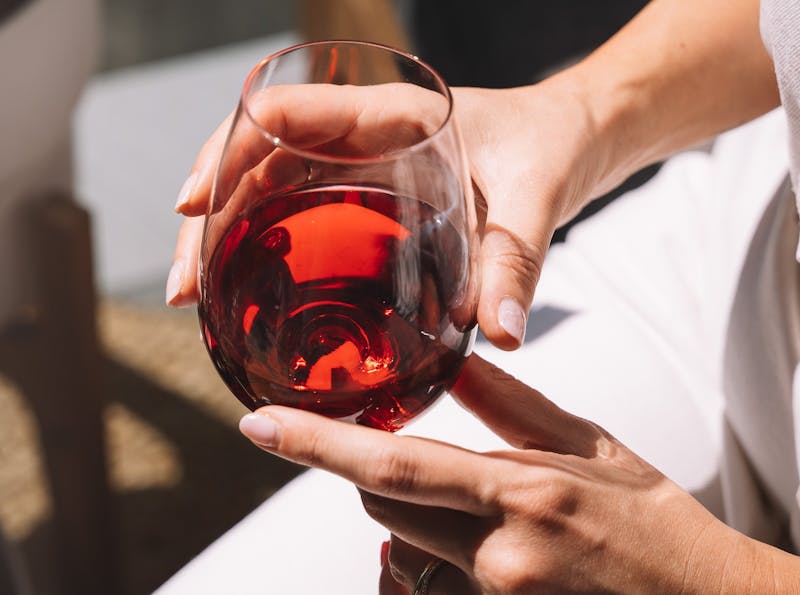Wine Education
Chocolate & Wine: Your Easter Cheat Sheet
Wed 13 Mar 2024

Finding the perfect wine companion for chocolate has long been a challenge, as despite their mutual affection, they often compete for dominance on the palate: too bitter? Too rich? Not sweet enough? The answers lie in tannins, and in striking the perfect balance.
A Brief History of Chocolate
Chocolate, the confectionery counterpart to wine, has a rich history spanning 4,000 years. Originally revered as the "food of the Gods," it was consumed as a bitter beverage by ancient civilizations who believed in its spiritual and mood-enhancing properties. The ancient Mesoamericans were pioneers, cultivating cacao plants as early as 1900 B.C., crafting a frothy chocolate drink from roasted and ground beans mixed with water, chilli, vanilla, honey, and spices. Truly #lifechanging.
Tannins & Taste
In both wine and chocolate, the quest for complexity and depth of flavour is paramount. Tannins in wine interact with other components to create a blend of taste sensations, from the bold astringency of a young Pinot Noir to the velvety smoothness of a well-aged Shiraz. Similarly, chocolate producers carefully craft single-origin chocolates, each showcasing a distinct taste influenced by factors like soil and climate. Just as wine lovers savour the subtle differences between vintages, so too do chocolate enthusiasts delight in exploring the unique flavours of origin-specific chocolate, turning both experiences into an art form.
Our Wine Ambassador, Andrew Harris, offers tasting tips to navigate these nuances.
“When you're diving into tasting chocolate, take a good look at it. Check out the colour and feel the texture—it's all part of the experience. Then, give it a good sniff. You might catch hints of fruit, spice, or even a bit of earthiness. Take a little bite and let it melt on your tongue – unlike our winemaker Simon who’s known to swallow Ferrero Rocher's whole. Pay attention to how the flavour changes as it melts. Notice any sweetness at first and then see what lingers.”
And for the wine, follow suit. Give it a swirl in your glass and take a good whiff. What aromas can you pick up? Maybe some fruity notes, floral hints, or even a bit of oak?
“Take a sip and let the wine coat your palate”, says Harris.
“Notice how it feels—does it have body to it? Is there a bit of zing from the acidity? And what about those tannins—do they leave a bit of a dry feeling?”
When pairing chocolate and with wine, the key to success is experimentation; see how their flavours play off each other, what you like best, and most importantly, have some fun.
Perfect Pairs
It’s not surprising we get asked about our favourite wine and chocolate pairings all the time, and as an expert in one, it’s fair to say we know a thing or two about the other.
This Easter we’re pulling out the pantry stash to pair our favourite chocolate confections with iconic Brown Brothers wines*:
Chardonnay, with its buttery texture and notes of citrus pairs wonderfully with creamy white chocolate. Cienna, our vibrant and fruity red wine – made to serve chilled – is the perfect match for milk chocolate with a hint of spice. Both Moscato, known for its floral aromas and sweet, fruity palate and Prosecco – light, bright and bubbly - are ideally enjoyed with dark. And Pinot Noir, with its delicate flavours of ripe, red berries has undeniable chemistry with smooth, caramel swirl.
*Our version of an adult Easter hunt. Enjoy!


